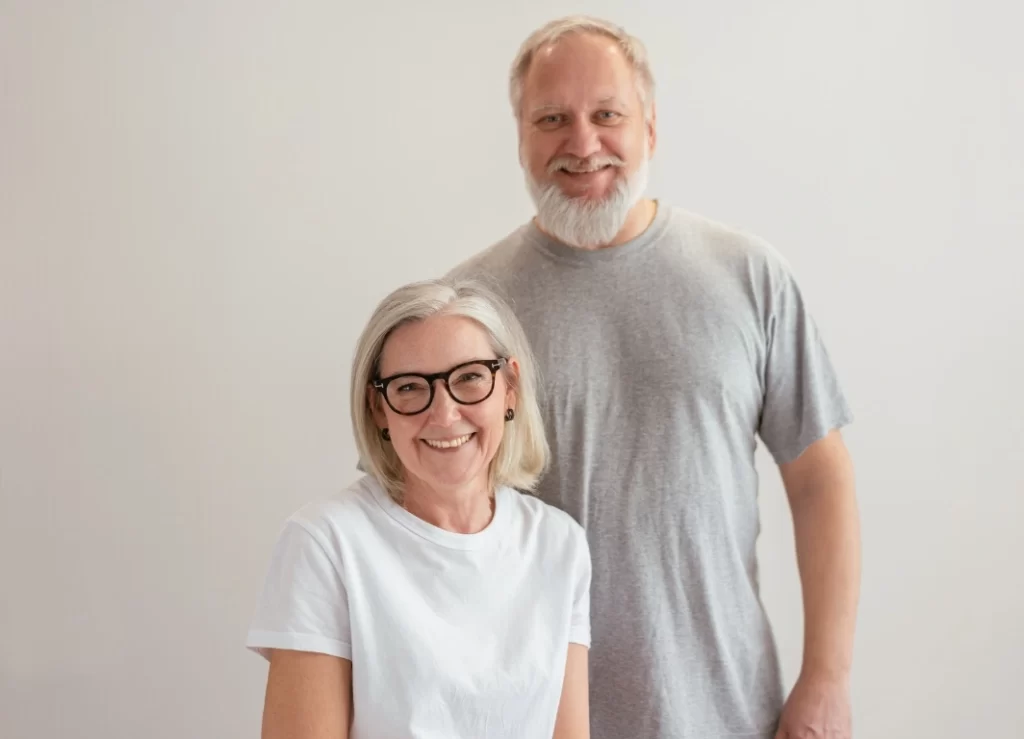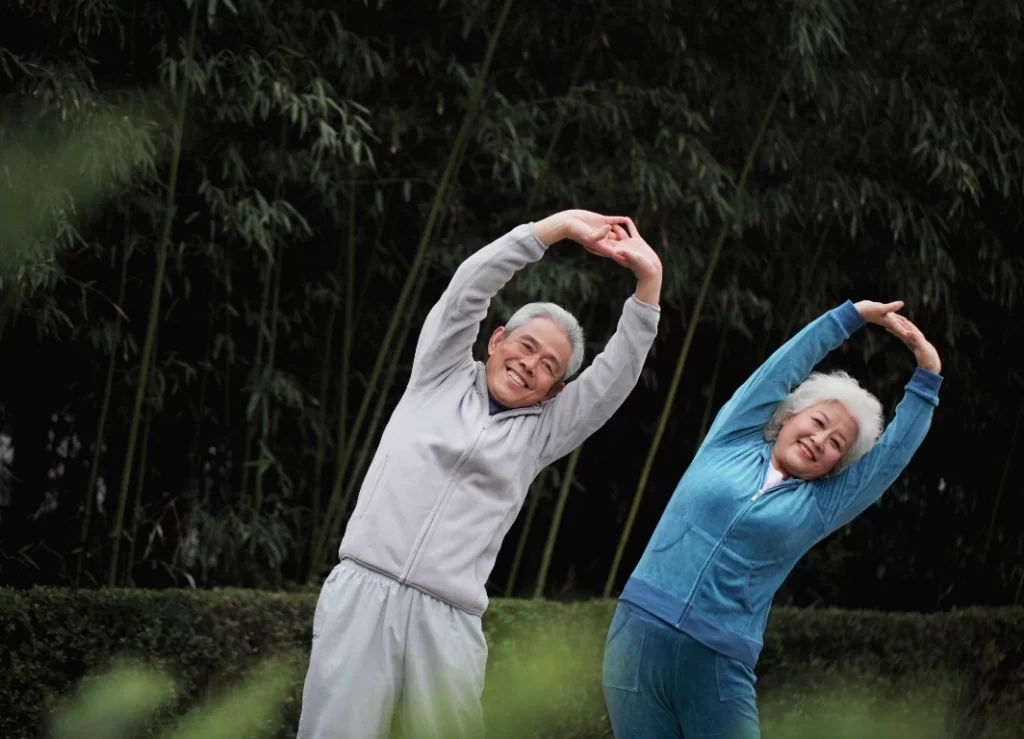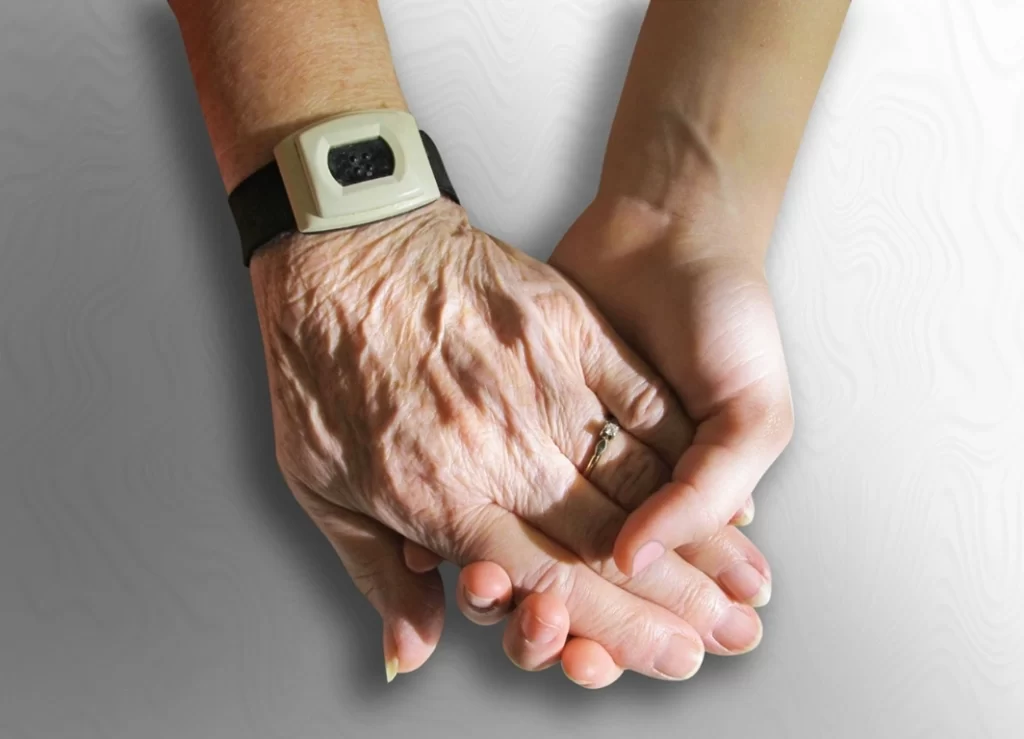
Aging is a natural process, but the ways in which men and women age differ significantly, creating what is known as the “gender paradox in aging.” While women consistently outlive men—often by more than 6 years globally—they tend to experience a greater number of years of poor health. This paradox presents one of the most intriguing questions in gerontology and healthcare today. In this comprehensive analysis, we explore the latest research from 2024 to examine the biological, environmental, and societal factors that contribute to this phenomenon, and what can be done to improve the quality of life for both genders as they age.

The Statistical Landscape: A Global Overview of Aging
Across the globe, life expectancy statistics show a distinct gender gap in longevity. According to 2024 data:
- Global Female Life Expectancy: 79.0 years
- Global Male Life Expectancy: 73.0 years
- Average Gender Gap: 5.8 years
This gap in life expectancy is seen not only across various regions but also within different stages of economic development. For example:
- Developed Nations: The gender gap ranges from 4.5 to 6.5 years.
- Developing Nations: In these areas, the gap is even wider, ranging from 3.5 to 11.2 years.
While the gender gap in longevity has remained relatively consistent, the underlying causes of this phenomenon are multifaceted, involving a mix of genetic, hormonal, and behavioral factors. Despite living longer, women face a disproportionate burden of health challenges in their later years.

The Biological Foundation of Gender Differences in Aging
The biological differences between men and women are fundamental in understanding the gender paradox in aging. At the chromosomal level, women have two X chromosomes (XX), while men have one X and one Y chromosome (XY). This difference provides women with a backup gene, reducing the chances of genetic mutations affecting critical processes like DNA repair. Furthermore, the presence of two X chromosomes in females contributes to genetic redundancy, giving women a potential advantage when it comes to cellular repair and longevity.
Hormonal Influences: Estrogen and Testosterone
Hormones play a significant role in the aging process and contribute to the gender disparity in longevity:
- Estrogen: This primary female hormone is known for its protective effects on the cardiovascular system, maintaining bone density, supporting cognitive function, and exhibiting anti-inflammatory properties. These effects contribute to the longer lifespan of women, as estrogen helps protect them from certain diseases that can shorten life expectancy, such as heart disease.
- Testosterone: On the other hand, testosterone in men plays a crucial role in maintaining muscle mass, bone density, and overall vitality. It also influences cardiovascular health and metabolism. However, as men age and their testosterone levels decline, they become more susceptible to cardiovascular issues, osteoporosis, and other age-related health problems.

The Health-Survival Paradox: Women’s Health Challenges
While women live longer, their additional years of life are often spent with greater health challenges compared to men. Some of the most prevalent health issues affecting women in later life include:
- Autoimmune Conditions: Women are 2.7 times more likely than men to develop autoimmune diseases, which can significantly impact quality of life.
- Osteoporosis: Post-menopausal women are four times more likely to develop osteoporosis, putting them at a higher risk for fractures and mobility issues.
- Alzheimer’s Disease: Women are twice as likely to develop Alzheimer’s disease compared to men, which is a leading cause of cognitive decline in older adults.
- Chronic Pain: Women experience chronic pain conditions at a rate 1.5 times higher than men, affecting their ability to carry out daily activities.
On the other hand, men face their own set of aging-related health challenges:
- Cardiovascular Disease: Men tend to develop heart disease at an earlier age, contributing significantly to their shorter life expectancy.
- Cancer Mortality: Men have higher mortality rates from certain cancers, including prostate, lung, and colorectal cancer.
- Metabolic Disorders: Metabolic diseases, including diabetes and obesity, tend to be more prevalent in men as they age.
- Accident-Related Mortality: Men are more likely to die from accidents, often linked to risk-taking behavior, which significantly contributes to their shorter lifespan.

Environmental and Societal Factors: Gender Roles and Health
Beyond biological factors, societal influences also play a role in shaping gender differences in aging. Men and women often face distinct behavioral expectations and access to healthcare:
- Risk-Taking Behavior: Men are more likely to engage in risky behaviors such as smoking, excessive alcohol consumption, and dangerous physical activities. These behaviors contribute to their higher risk of premature death and shorter life expectancy.
- Healthcare-Seeking Behavior: Women are generally more proactive about seeking medical help and maintaining regular healthcare check-ups, leading to better long-term health outcomes. In contrast, men are less likely to seek medical assistance until health issues become severe.
- Cultural and Economic Factors: Social determinants of health, such as gender roles, healthcare access, and economic disparities, affect both genders differently. Women are more likely to experience health challenges related to caregiving responsibilities, while men may face barriers to mental health support due to societal stigmas.

Modern Interventional Strategies: Tailored Approaches for Healthy Aging
Given the distinct aging experiences of men and women, personalized healthcare interventions are essential for improving health outcomes and quality of life in old age.
Gender-Specific Preventive Care
For women, some key preventive strategies include:
- Hormone Optimization: Addressing hormonal imbalances, such as estrogen therapy for bone health and cardiovascular protection.
- Bone Health Management: Regular screening for osteoporosis and strategies to enhance bone density.
- Cardiovascular Health: Screening for heart disease, especially post-menopause, where the risk increases.
- Mental Health Support: Addressing mental health issues, including depression and anxiety, which women are more likely to experience.
For men, preventive strategies focus on:
- Early Cardiovascular Screening: Proactive monitoring for heart disease, particularly for those with a family history.
- Prostate Health: Regular prostate exams and awareness of prostate-related health issues.
- Testosterone Level Optimization: Managing testosterone levels to support vitality and physical health.
- Mental Health Awareness: Encouraging men to seek help for mental health issues, which they are often reluctant to address.

Lifestyle Interventions for Healthy Aging
Both men and women can benefit from the following evidence-based approaches:
- Physical Activity: Regular exercise is vital for maintaining muscle mass, bone health, and cognitive function. It can help both genders manage weight and reduce the risk of chronic diseases.
- Nutritional Guidelines: A balanced diet rich in antioxidants, healthy fats, and lean proteins supports aging and reduces inflammation.
- Stress Management: Techniques such as meditation, yoga, and relaxation exercises can help mitigate the effects of chronic stress on health.
- Sleep Optimization: Adequate sleep is essential for cellular repair and overall well-being.
The Future of Gender-Specific Aging Research
As science continues to explore the intricacies of aging, the future of research lies in understanding the molecular and genetic mechanisms that drive these differences between men and women. Key areas of focus include:
- Epigenetic Modifications: How lifestyle and environmental factors influence aging at the genetic level.
- Stem Cell Behavior: Investigating how stem cells may be used to regenerate tissues and promote longevity.
- Senescent Cell Accumulation: Exploring the role of aging cells in degenerative diseases.
- Emerging Technologies: The development of biomarkers for personalized medicine and AI-driven health monitoring to track aging-related changes.

Conclusion: Understanding the Paradox to Improve Health Outcomes
The gender paradox in aging reveals a complex interplay of biological, environmental, and societal factors. While women maintain a longevity advantage, they face a greater health burden in their later years. For men, while the aging process is shorter, the intensity of health challenges, such as heart disease and cancer, cannot be ignored.
To address these disparities, it’s essential that healthcare approaches become more gender-sensitive, focusing on personalized interventions that cater to the unique needs of both sexes. Future research must continue to unravel the mechanisms behind these differences, and practical applications in healthcare policy and patient education are crucial in improving the aging experience for everyone.

Keep up with the latest advancements in aging research and gender-specific health strategies. Subscribe to my newsletter for expert insights and actionable tips on healthy aging. If you found this article helpful, feel free to share it with others so they can benefit too!
References
Austad, S N. (n.d). Why women live longer than men: sex differences in longevity.. https://www.sciencedirect.com/science/article/pii/S1550857906801981
Austad, S N., & Bartke, A. (2014, November 24). Sex Differences in Longevity and in Responses to Anti-Aging Interventions: A Mini-Review. https://www.karger.com/Article/FullText/381472
Austad, S N., & Bartke, A. (2015, May 6). Sex Differences in Longevity and in Responses to Anti-Aging Interventions: A Mini-Review. https://doi.org/10.1159/000381472
Austad, S N., & Fischer, K E. (2016, June 6). Sex Differences in Lifespan. https://www.ncbi.nlm.nih.gov/pmc/articles/PMC4932837/
Cheng, C., & Nelson, J F. (2018, December 1). Physiological basis for sex-specific differences in longevity. https://doi.org/10.1016/j.cophys.2018.04.003
Hegg, S., & Jylh J. (2020, July 28). Sex differences in biological ageing with a focus on human studies.
Hägg, S., & Jylhävä, J. (2021, May 13). Sex differences in biological aging with a focus on human studies. https://doi.org/10.7554/elife.63425
